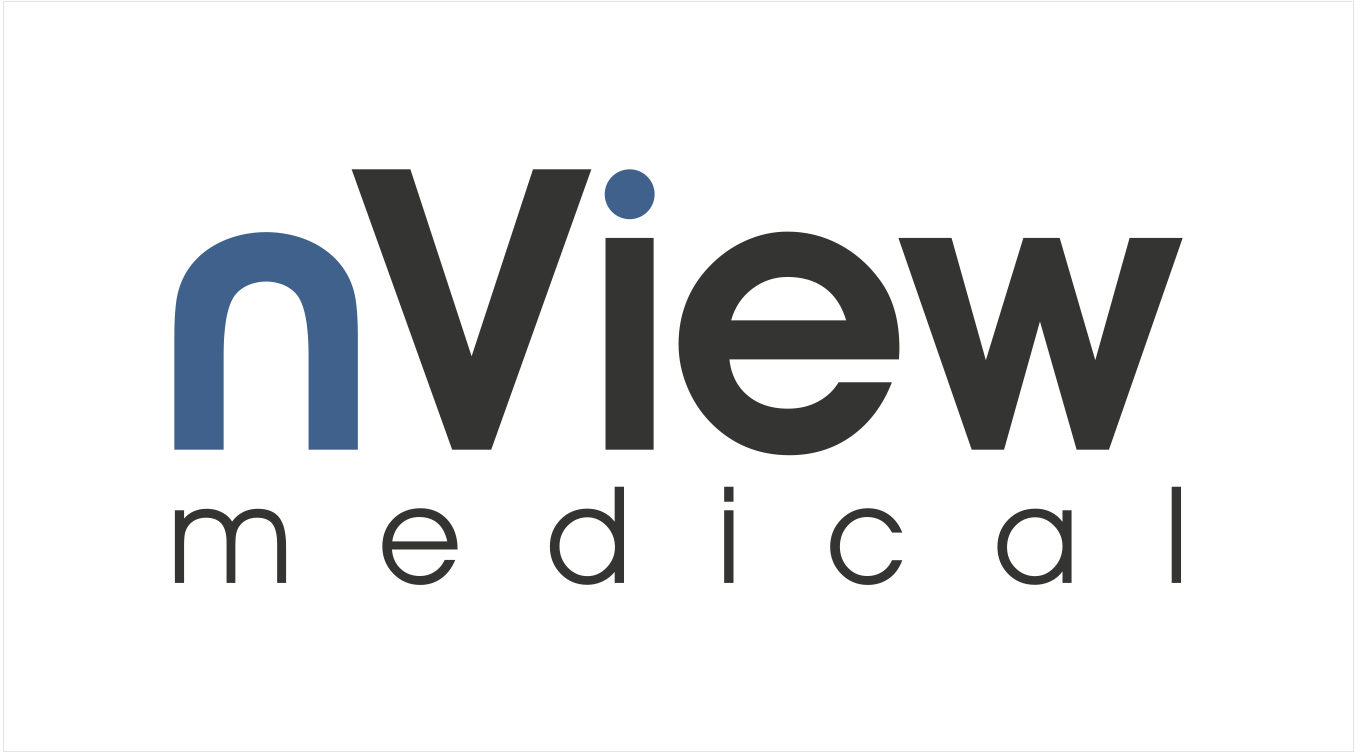nView s1
insta-3D™
Time is critical in the operating room. Our vision is that 3D information has to be available throughout the procedure.
insta-3D technology provides 3D images without delay. With insta-3D, the imaging system does not need to rotate around the patient to create 3D images. Not only the imaging process is more efficient, but now 3D imaging can be used throughout surgery.
quantum-dose™
Patient safety is crucial, especially when it comes to kids.
quantum-dose technology has been designed to create 3D images with a fraction of the radiation dose.
true-map navigation™
Navigation, to be dependable, should be based on intraoperative 3D images. The nView s1 is designed as an integrated image guidance solution that images and navigates instantly on a true representation of the anatomy.
We envisioned navigation with no set-up where images are automatically registered and navigation can be used throughout the surgical workflow.
AI driven visualization
virtual-fluoroscopy™: Fluoroscopic imaging is the standard in intraoperative visualization. virtual-fluoroscopy™ derives fluoroscopic views from 3D images, allowing simultaneous visualization of AP, lateral and even axial views from a single system position.
large field of view: The viewed region is 30 cm x 30 cm on AP and coronal views with 20 cm depth in the lateral and axial views. All images can be zoomed and visualized in full-screen mode.
3D viewports: Coronal, sagittal, or axial orthogonal or oblique views are generated from 3D images. There is no need to re-image to see from a different perspective. Scroll-through, tap, or tilt the crosshairs on one view and the respective slices and virtual-flouroscopy views are automatically generated.
spine AI: Designed for spinal deformity correction surgeries, nView’s spine AI engine automatically finds the spine curvature and identifies the vertebrae. Under surgeon’s supervision, vertebrae can be automatically labeled so that the surgical plan can be quickly put into action. Spine AI allows for easy true axial slice scrolling to quickly verify screw placements, regardless of curvature.
3D stitching: The full spine can be visualized by co-reconstructing two 3D images, providing accurate large-field 3D images with distortions of less than 1 mm, 1 degree. With 3D stitching, bringing a long-film radiographic system is not necessary anymore, further improving the efficiency of the OR.



